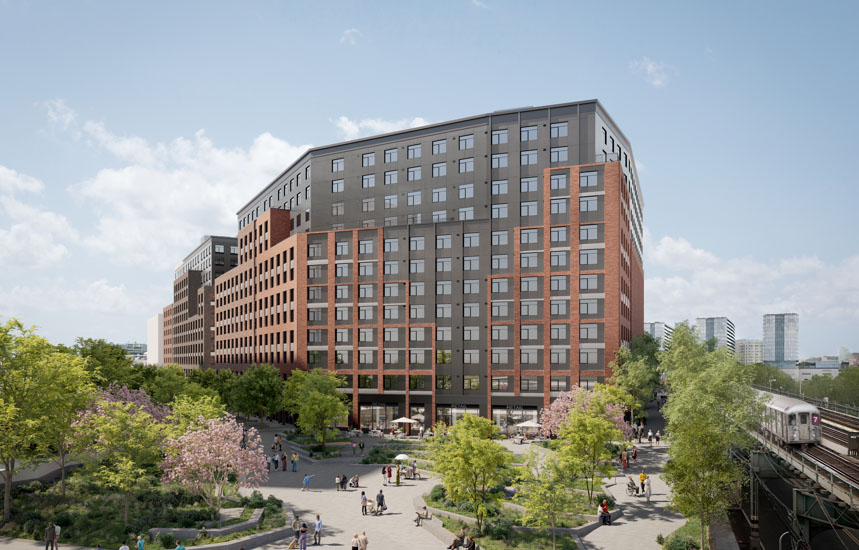Property owners should prepare for hurricane season - by Nicolas Saenz

A global pandemic, unthinkable lockdowns and unimaginable economic impact has made 2020 an infamous year so far, and there is more on the horizon.
The 2020 hurricane season, which normally runs from June 1st to November 30th, is expected to be particularly busy. According to forecasters, four of the eight Atlantic hurricanes predicted for this year could become major ones – Category 3 or higher, with over a 95% chance of one making landfall in the U.S.
Since 2017, hurricanes have caused nearly $315 billion in damage in the US alone. The 2020 Atlantic hurricane season is forecasted to be above normal with 13 to 16 named tropical storms, five to eight of which will become hurricanes. This compared to the average Atlantic season of 12 named storms, six of which become hurricanes.
In addition to the COVID crisis and its current socio-economic impact, property owners must prepare for what could be compounding disasters in the face of the pending hurricane season. Clearly, there is a need to improve the resilience of our built environment to minimize the effects of major storms and to enable the speedy recovery of businesses and the community.
Over the last few years the U.S. and Caribbean have been impacted by several major hurricanes including 2017’s Category 4 Harvey in Texas ($120 billion in economic losses), Category 5 Irma in Florida ($77 billion) and Category 5 Maria in Puerto Rico ($92 billion), 2018’s Category 5 Michael in Florida ($25 billion) and last year’s Category 5 Dorian in the Bahamas (USD $5 billion). Sadly, thousands of people lost their lives.
Urbanization and population growth in cities built over wetlands and/or floodplains make those areas increasingly vulnerable. Hurricane Katrina, a Category 5 hurricane in 2005 caused estimated economic and property damage of over $125 billion, particularly in New Orleans, a city founded on a high land bend of the Mississippi River. However, urbanization pushed settlements onto drained wetlands, which over decades have caused soils to subside increasing the city’s vulnerability to storm surge and flooding. Hurricane Harvey flooded Houston following days of intense rainfall, as much as 40 inches in some areas. Katrina and Harvey are the two costliest storms in U.S. history to date.
Resiliency to flood risk and wind damage should continue to be the top priorities for governments and the private sector. Although cities like Miami, New Orleans, and Houston have improved their flood protection systems, they are still increasingly vulnerable due to social-economic disparities. Building codes have significantly improved the minimum design requirements of building envelope components such as walls, windows, and roofing, and non-structural components such as rooftop equipment, canopies, among others. FEMA continues to update their flood hazard maps to assist designers, owners and the public to better understand flood risk.
Although buildings over 20 years old are more susceptible to wind damage than those built under current building codes, owners should consider upgrades when regularly scheduled maintenance, repairs and capital improvements are made. For example, when replacing the roof, consider upgrading to a hurricane-rated roof membrane assembly. Similarly, if replacing the windows and/or doors, consider upgrading to hurricane-rated, impact-resistant assemblies. Develop and practice a hurricane preparedness plan that includes removing loose objects from the roof and site, securing openings, and protecting windows and doors where possible.
Before the Atlantic hurricane season officially began, we had two named storms: Arthur and Bertha, which is impressive in and of itself. They were followed by Cristobal, pushing us into the record books for the earliest third named storm formation date on record, breaking the old record set in 2016, according to researchers. The Sahara sandstorm in late June delayed the formation of potential storms, but it is only just getting started. Even more concerning: All three of those early storms had a direct impact on the U.S., with two making direct landfall–Bertha in South Carolina and Cristobal in Louisiana.
The third quarter of the Atlantic hurricane season, which runs from August 15th to September 22nd, is expected to be particularly active. Historically, the third quarter is when most tropical storms and hurricanes have caused the highest economic impact to the U.S. in recent years. There is no telling what lies ahead, and the best way to reduce potential risk is to be as prepared as possible.
Nicolas Saenz is an associate principal and leader in Thornton Tomasetti’s Forensics practice, New York, N.Y.
Habitat, Duvernay + Brooks and Buffalo Municipal Housing close on 254-unit first phase redev. of Marine Drive Apts.


Strategies for turning around COVID-distressed properties - by Carmelo Milio








.gif)

.gif)
.jpg)
.gif)